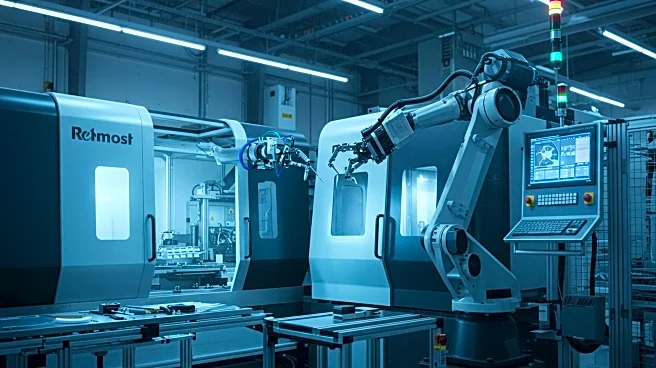What's Happening?
In an opinion piece, Jim Jorstad, former director of IT for client services at the University of Wisconsin - La Crosse, emphasizes the importance of maintaining quality customer service in university IT departments. He argues that despite advancements in technology, such as AI and digital transformation, the human element in customer service should not be overlooked. Jorstad shares a personal anecdote to illustrate the impact of customer service and suggests that IT departments should focus on empathy and understanding to improve client interactions.
Why It's Important?
The emphasis on human interaction in IT customer service is crucial as universities increasingly rely on technology for educational delivery and administration. Quality customer service can enhance user satisfaction, foster loyalty, and reduce complaints, ultimately supporting the institution's success. As technology evolves, balancing automation with personal engagement becomes vital to address diverse user needs and maintain effective communication. This approach can lead to improved service delivery and stronger relationships between IT departments and their clients.
What's Next?
IT departments may consider implementing training programs to enhance customer service skills among staff, ensuring that empathy and understanding are integral to client interactions. Institutions might also explore integrating AI tools to complement human efforts, optimizing service delivery while preserving the personal touch. Continuous feedback and data analysis could be used to refine customer service strategies, adapting to changing technological landscapes and user expectations.
Beyond the Headlines
The discussion raises broader questions about the role of technology in education and the potential risks of over-reliance on automation. It highlights the need for ethical considerations in deploying AI and other technologies, ensuring they serve to enhance rather than replace human interaction. The piece may inspire debates on the future of customer service in tech-driven environments and the balance between efficiency and personal engagement.











